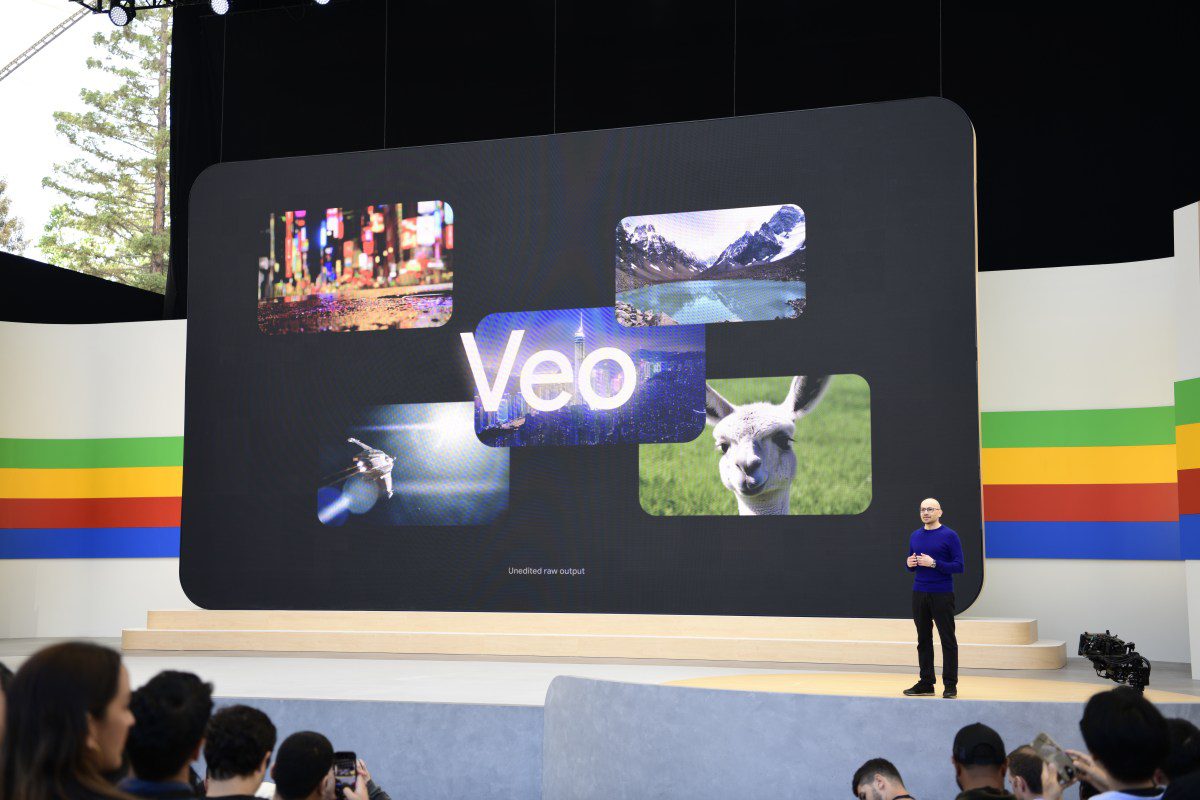Google’s Veo 3: A Game-Changer for Video Games?
Demis Hassabis, the big brain behind Google’s AI powerhouse DeepMind, recently dropped a tantalizing hint that has the gaming community buzzing: could Veo 3, Google’s latest video-generating model, play a role in video game development? Here’s the scoop, and trust me, it’s worth sticking around for.
What’s Happening with Veo 3?
The conversation kicked off on X (formerly Twitter) when someone begged Google to “Let me play a video game of my Veo 3 videos already!” to which Hassabis cheekily responded, “now wouldn’t that be something.” It’s not just banter; there’s real potential here.
Imagine a video game where your favorite cinematic moments are generated on-the-fly, creating endless storytelling possibilities. While both Hassabis and Google’s Logan Kilpatrick kept things light with emojis in their replies, this could point to a serious exploration of playable world models. And let’s face it: the gaming world could use a shake-up.
What’s the Difference? World Models vs. Video Models
So, what’s the deal with world models versus video generation? At a glance, they seem similar, but they’re miles apart.
- World Models: Think of these as simulators that predict how environments react based on player actions. They mimic real-world dynamics.
- Video Generation Models: These are all about synthesizing realistic video sequences but don’t necessarily predict outcomes.
Currently, Veo 3 stands at the video generation station, capable of creating seamless video and audio content, from dialogue to soundtracks. But here’s the twist: it’s not quite a world model yet. So what does that mean for gamers?
The Path Forward: Could Google Be in the Game?
Google’s ambition doesn’t stop at Veo 3. The tech giant is working on its groundbreaking multi-modal foundation model, Gemini 2.5 Pro, aiming to simulate aspects of the human brain. In a world where DeepMind recently unveiled Genie 2, capable of creating various playable worlds, it’s clear Google has its sights set high.
This isn’t just a fantasy; real players like Fei-Fei Li are already making strides with her startup World Labs, which has developed a system to generate 3D game-like scenes from simple images.
If Google were to marry the capabilities of Veo and Genie, we could witness a hybrid model that blends stunning visuals with interactive gameplay. Now, that’s a thought worth pondering.
A Competitive Landscape
If Google dives into video games, they won’t be sailing alone. They’d face off against heavy hitters like Microsoft, which has its own world AI models, and innovative startups like Scenario and Runway. Even giants like OpenAI are getting into the mix with their video-generating model, Sora.
In today’s cutthroat tech environment, Google will need to pull every trick out of its bag. With their deep pockets and talent pool, rivals better keep an eye on their moves. Players looking for the next big thing in gaming might not be waiting long.
The Bottom Line: What’s Next?
Sure, Google’s current efforts with Veo 3 are exciting but let’s not forget that game production is about more than just looks. Real-time, consistent, and controllable simulations make the heart of any engaging game. So you’ve got to wonder—can Google pull it off?
One thing’s for sure: the tech landscape is shifting, and as gaming evolves, we’ll need to stay on our toes.
So, what do you think? Will Google crack the code to video game magic? Want more insights like this? Let’s chat!

One thought on “Could Google’s Veo 3 Be the Start of Playable World Models? 5 Revolutionary Features to Consider”